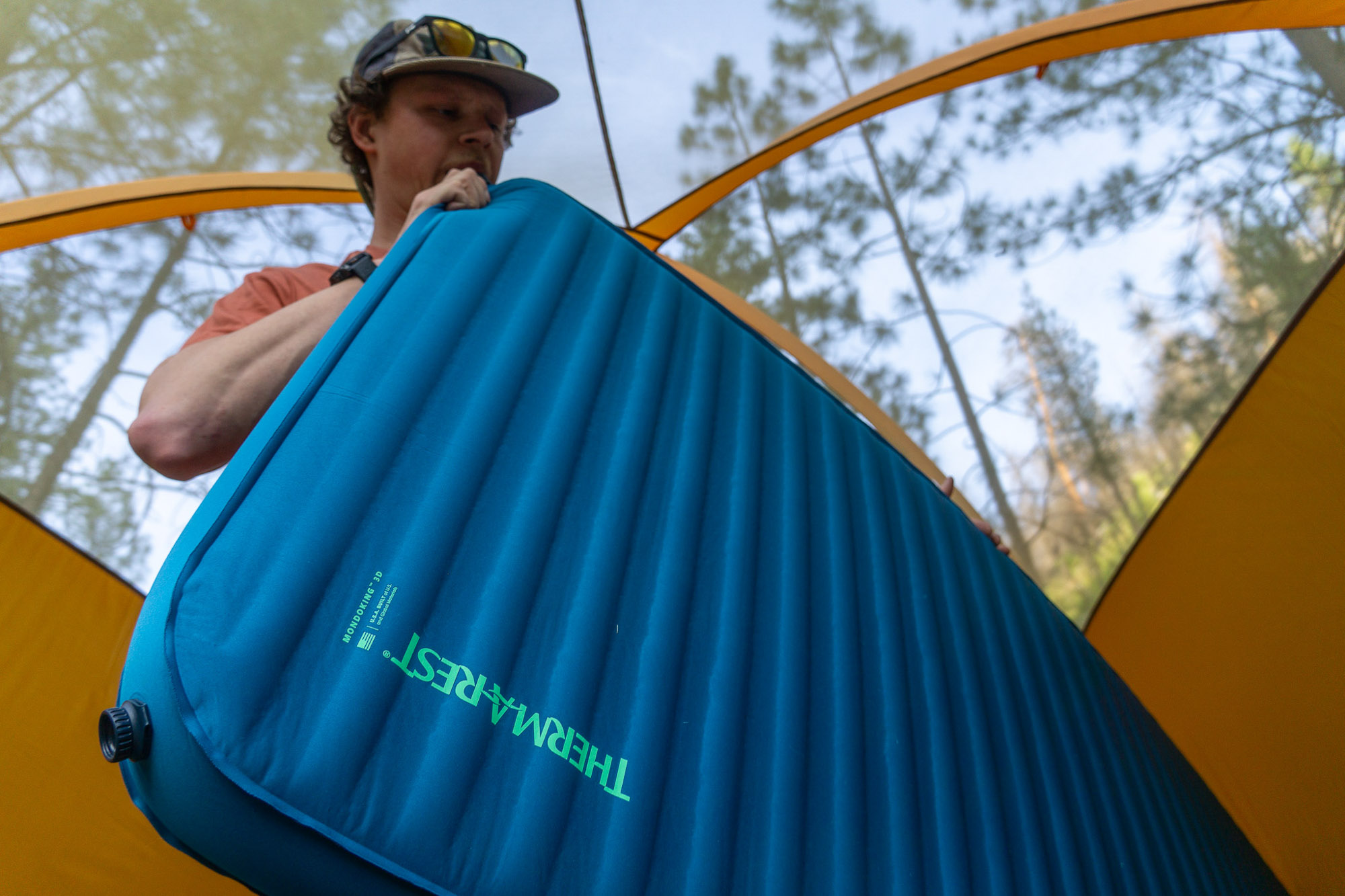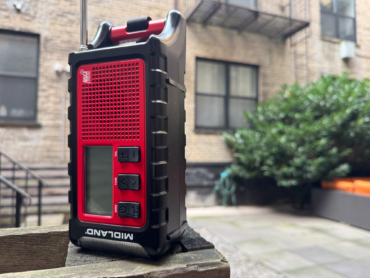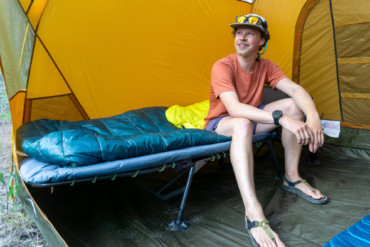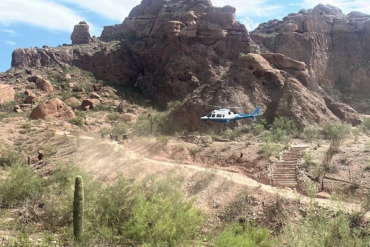By T.C. WORLEY
My thighs burned. Sweat beaded on my forehead. I was cresting a rocky climb to look out on an endless sea of trees dotted with glacial lakes — this would be my “office” for the next few days, a place to explore and shoot photographs. I was in the Porcupine Mountains of Michigan on a long weekend backpacking trip. Quite often, my job as a photographer takes me far from conveniences like wall outlets and light switches, far from the power that keeps my photo tools operating. But this year I have gone rechargeable and solar. A power kit from Utah-based Goal Zero, which includes a folding solar array and a “power pack” battery, has served as my surrogate wall outlet in the wild.
The company sells several models of its kit. I chose the Sherpa 120 Adventure Kit, which is good for 120 watts of power. At $750, this is a serious package made for pro-level application. There’s a built-in USB port to power a host of small electronics. An add-on piece, the Sherpa UI product, which costs $80, provides a power inverter that features a three-prong plug adapter.

As with all similar Goal Zero products, you can charge the power pack unit at home via a normal wall outlet and bring the stored electricity along into the wilds. Once that initial charge runs out, unfold the solar array and soak in some sun to restore. At around 9 pounds total, the Sherpa 120 kit doesn’t exactly disappear in your pack. But the weight is worth it if you need power, and the unit’s output is impressive. The company cites a fully charged Sherpa power pack is equal to the same amount of stored electricity you’d get from 70,000 AA batteries!
Housed in a tough plastic case, and stock with thick, sturdy cords, the Sherpa kit has flawlessly performed for every task I’ve needed so far. It worked great backpacking, though heavy. I used it on a frozen lake this winter during intermittent snow showers for power during a photo shoot.

Miles from extension cords and power-strips, I’ve consistently been able to operate my computer to backup my camera’s photo files with the Sherpa. I can charge camera and headlamp batteries. When I come close to exhausting the energy of the Power Pack, I pull out the kit’s Nomad 27 solar panel — a 22 × 44-inch package — and let the system and the sun do its magical thing.
The company cites that it takes 6 to 10 hours for a full recharge with the solar panel. My kit recharged fully in just under eight hours on a pretty sunny but freezing cold winter day. Not bad for the equivalent of 70,000 batteries worth of electricity!
Anything bad to say? Besides portability and ruggedness, there are no specific outdoor characteristics to the Goal Zero system. It is not weather-proof, and thus be advised to treat it like any other electronic device when outside. And at $750+, the Sherpa 120 kit is well out of budget for the average adventurer. One of the company’s smaller, less pricey kits might do the trick, however.
In my test, the Sherpa kit was solid. It was heavy and somewhat overkill for my Porcupine Mountains trip last month, but in every scenario I tested the unit in it did not disappoint. Field-proven and dependable, this kit is one of the best picks for powering your laptop and recharging an array of gadgets on hut-to-hut ski trips, mountaineering expeditions, or other off-grid epics where you need a power source.
A final note: Goal Zero isn’t just for tech goons and adventure geeks like me. Founded by entrepreneur Robert Workman, the system was born to provide power to Workman’s Congo-based humanitarian organization, TIFIE (Teaching Individuals and Family Independence through Enterprise). The organization receives proceeds from each Goal Zero sale.
—T.C. Worley is a professional photographer. His work appears regularly in the New York Times.





